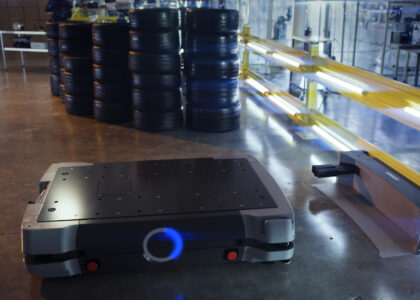Is Industry 4.0 ready for Artisan 4.0?
Between 1784 and 1969 the world changed every hundred years or so. The last change only happened around 40 years ago with the introduction of computers to the world. By doing that, it literally changed the world . Much has been said and written about the fourth industrial revolution or Industry 4.0 as it is also referred to. For a quick recap on Industry 4.0, watch this video WEF video.)
What will the workplace look like in Industry 4.0?
It must be accepted that many jobs and occupations in existence today will most probably been replaced or evolved into something else 10 to 15 years from now. The world as we see it today is about to change. A very good example of such a disruption was the time when the motor car was introduced into society – during the height of the second industrial revolution. A horse-and-carriage-based transport economy required all sorts of occupations, like a blacksmith for horseshoes, and individuals sweeping the horse mess from the streets, just to mention a few. And all of those jobs became obsolete during that specific disruption. Do you know what a Lorimer, a flyman, a gelder or an avenator is? These were occupations associated with horses. The second industrial revolution then came along, and these jobs disappeared with the advent of the motor car. With the advent of the motor car – and the second industrial revolution – a host of new occupations and employment opportunities came along.
Then came the third industrial revolution. There the workforce saw new job opportunities being created, the world as they knew changed and the workforce re-inventing itself. The fourth industrial revolution, will no doubt bring along new opportunities and new job descriptions. This specific industrial revolution has been called “disruptive,” as it is creating new models and new markets.
The physical nature of machines will however still be the same as with the first revolution. The laws of motion, friction, power, electricity and Ohm’s law all remained constant from Industry 1.0 to Industry 4.0, so all of the skills of an artisan working with these physical systems remain relevant. There are however additional skills that come into play for an artisan working in Industry 4.0: The physical systems that an artisan work with will be inter-connected in an ‘internet of things’. We are now challenged by “big data”, the “Cloud” and Automation and computers meet in an intriguing environment where robotics connect remotely to computer systems. From there, machine learning algorithms discover how to control the robotics with minimal input from human operators. Decentralized decisions, communication, and cooperation with humans and one another take place in real-time through the Internet and become a working product of the Internet of Things.
The additional skills required by Artisan 4.0 will therefore have to do with setting up and managing these networks.
CTC will explore the requirements of Artisan 4.0 in conjunction with its stakeholders, customers and equipment suppliers to ensure that no one trained at CTC is left behind.
May the fourth be with you!
* Registration of trade mark pending
Written by Heleen Tshibumbu on behalf of the Colliery Training College 2020






